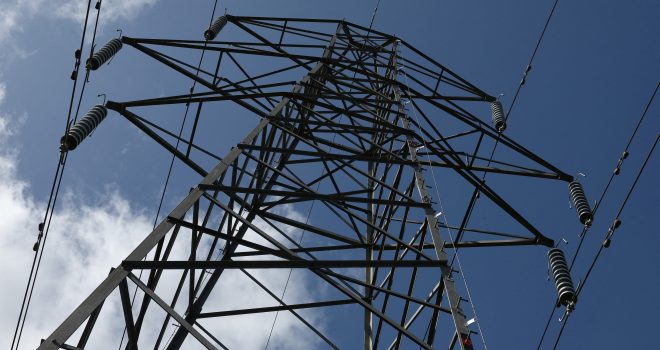Liquidity Rules Need Rethink After Silicon Valley Bank Crash, Says Carney

Banking rules introduced following the global financial crisis more than a decade ago need “rethinking” to reflect how quickly cash can exit a lender in a digital age, former Bank of England Governor Mark Carney said on Tuesday.
The collapse of Silicon Valley Bank in the United States last month highlighted the “greater flightiness” of desposits, particularly those of small business clients, Carney told a Reuters Breakingviews podcast.
Over $40 billion left Silicon Valley Bank in 24 hours, leaving authorities confronting a new risk: the social media bank run as depositors can withdraw cash with just a few taps on their phone.
“That will, I think, require some rethinking of the assumptions behind liquidity coverage ratio, the net stable funding ratio,” Carney said, referring to the LCR and NSFR.
The LCR aims to ensure that banks have enough cash or high quality bonds to survive stresses in markets for a month, while the NSFR seeks to reduce funding risks over a longer term horizon.
Both are part of the “Basel III” minimum standards from the global Basel Committee of banking regulators following the 2007-09 financial crisis when taxpayers had to bail out lenders.
“I think the system will probably need to adjust both the definitions of LCR and NSFR,” Carney said.
These buffers should also count a bank’s access to central bank liquidity as part of their calculations, he added.
The United States has generally applied Basel standards only to its biggest banks, which did not include Silicon Valley Bank.
“It’s a good idea to actually put in place the net stable funding ratio. That was one of the reforms not applied fully in the U.S. and, you know, with some cost,” Carney said.
Bank of England Deputy Governor Sam Woods told lawmakers last week that bank liquidity rules might now be an open question for international policymakers.
(Reporting by Huw Jones; Editing by Christina Fincher)




